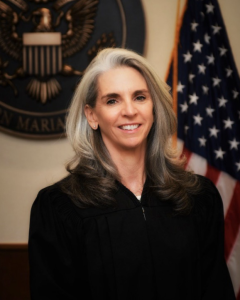Energy Division issues energy saving tips
With power outages and talks of an energy crisis surfacing in recent weeks, the Energy Division offered several tips to help government and department heads reduce their energy costs.
In a memorandum released last week to all government agencies and department directors, energy division head Thelma Inos outlined several tips on how energy costs could be minimized to help the administration manage its utility bills.
Inos issued two sets of the third edition of How to Reduce Your Energy Costs—the Energy Efficient Guide.
The booklets offer informative and useful guides on becoming more energy-efficient. “You will learn ways to maintain and operate your energy systems to save money and in addition, many are low-cost or no-cost that you can do yourself,” said Inos.
Inos said the books provide information on how a consumer can profit from energy savings, how to track costs, and how to invest in energy improvements. It includes tips on lighting, heating, ventilation, air conditioning, hot water, machines, and how to do a walk-through self-audit.
“Effective energy management can save you hundreds or even thousand of dollars every year. Spend an hour reading this book and see how many ways you can save energy dollars,” she said, adding that investing in energy efficiency improvements can yield excellent returns in the form of energy dollar savings.
“This book explains many capital investment projects and shows how to judge whether a particular investment is a good one. Energy management is not just for building owners,” she said.
Inos explained that trimming energy expenditures enable employers to spend more on other operational costs, including needed salary increases. The reduction on power cost may reach 30 percent, she said.
She offered nine steps to Saving Energy Dollars, which include energy audit and expert help. She urged department heads to keep track of its energy bills and to keep monitoring its energy costs.
The cost-saving measures include:
* turning off lights when not needed;
* removing unneeded light bulbs;
* replacing bulbs with lower wattages;
* lowering heating settings;
* raising air conditioning settings;
* reducing heating and air conditioning during unoccupied hours;
* turning off heating and air conditioning somewhat before the end of operating hours;
* have heating, air conditioning, and ventilating systems serviced and adjusted;
* turning off machines and equipments when not needed; and
* making sure all automatic controls are in good working condition and set properly.






